Between climate change and other factors directly related to the areas where we live, it is undeniable that air conditioners are a great help for the hottest days. Older models had buttons and knobs for manual control, but today technology has taken them to a new level of automation where they hardly require user intervention. With so many types of air conditioners, the purchase options are virtually endless.
The first units of air conditioners were noisy, consumed large amounts of energy, had absurd sizes and weights, and the installation process was cumbersome. While the latter is still present in the most complex units, the rest are problems that have been forgotten.
Although the real problem arises for the average user who has no idea what all those words that are included in the device labels refer to. BTU number, decibels, among other data are not very specific for those who have heard of these terms for the first time.
The truth is that, when it comes to air conditioner types, those with the largest numbers are not always the best option for our room. If you don’t want to waste money on such a large investment, today we briefly guide you so you can choose your ideal air conditioner unit.
Concepts we must handle about air conditioners
Educating us before any decision is essential when making the purchase. Not everything contractors tell you is true, so we should be prepared to refute their suggestions. At the level of air conditioners, certain things are good to know:
– Life Span: No matter what types of air conditioners we get, the most likely is that their life expectancy is always between 10 and 15 years.
– The size: different models occupy different spaces inside or outside our home. This size is usually conditioned by the cooling power of the air, which can be measured in Jules, BTU, Kilocalories or even in refrigerators in some countries. If you want to have an approximate idea of what size of air conditioner you require, you can use a simple equation in which you will calculate the cubic footage of your room (height x width x length) and multiply the number by 200, obtaining an approximate of the necessaries BTUs.
– Decibels (dB): The decibel is the unit used to determine how much noise an object produces. In the case of air conditioners, the optimum is 50 or less.
– Energy Efficiency Rating (EER): As these are high-energy consumption devices, these are regularized with a number of stars that indicate how efficiently the energy is used to cool the room.
– One or two-stage compressors: The compressor is the most important part of the air conditioner. This is responsible for cooling the hot air, making it the most expensive part of the equipment. There are two options of compressors: first, there is that of one stage, which always works at high speeds, which makes the electricity consumption greater; while the two-stage alternates between speeds, using only the essentials to cool the room.
Types of air conditioners in the market and which one suits us
Built-in window air conditioner

Image source: Buildcom
A traditional air conditioner that rests on an iron frame outside a window. This small option is perfect for houses and apartments, although it is not as aesthetic as other alternatives.
Among the advantages of these types of ac units we find that they are easy to install by anyone, their cost of acquisition and maintenance is quite low (as well as their energy consumption), and they have many options at the level of designs and technologies, with larger vents, filters of different shapes, among other things.
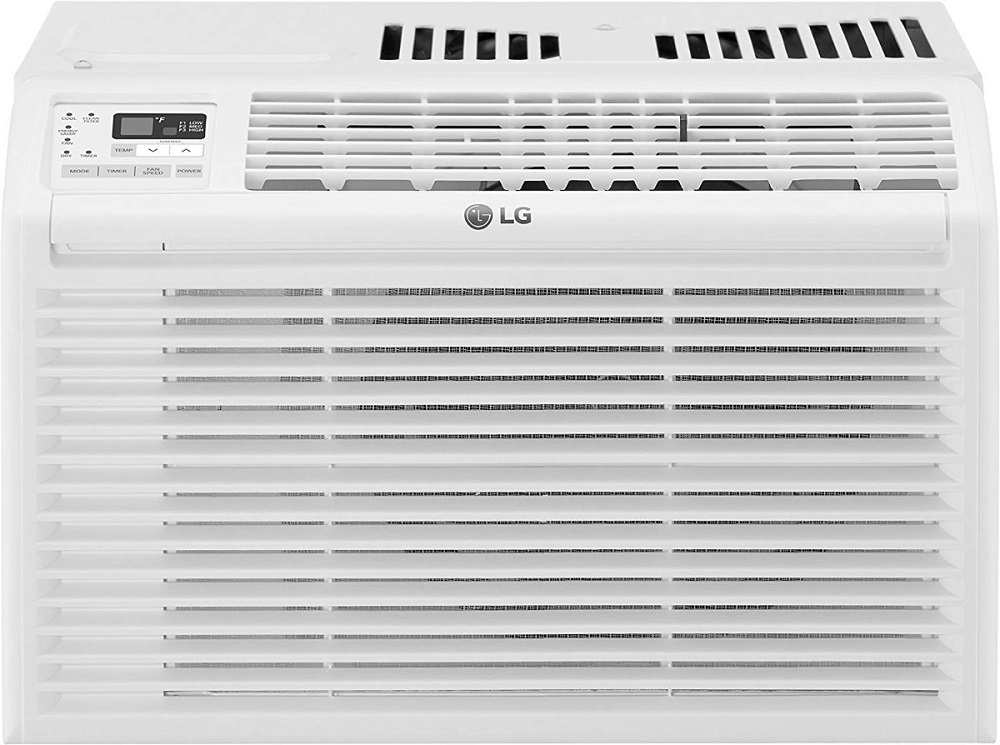
Image source: Virventures
However, before purchasing this type of air conditioner, it is good to consider that they are large appliances, so we need a considerable opening in the wall or window and a good exterior support. In addition to that, the water generated by the freezing of the condenser will end up dripping into the back of the device.
Split air conditioner without ducts for clean installations
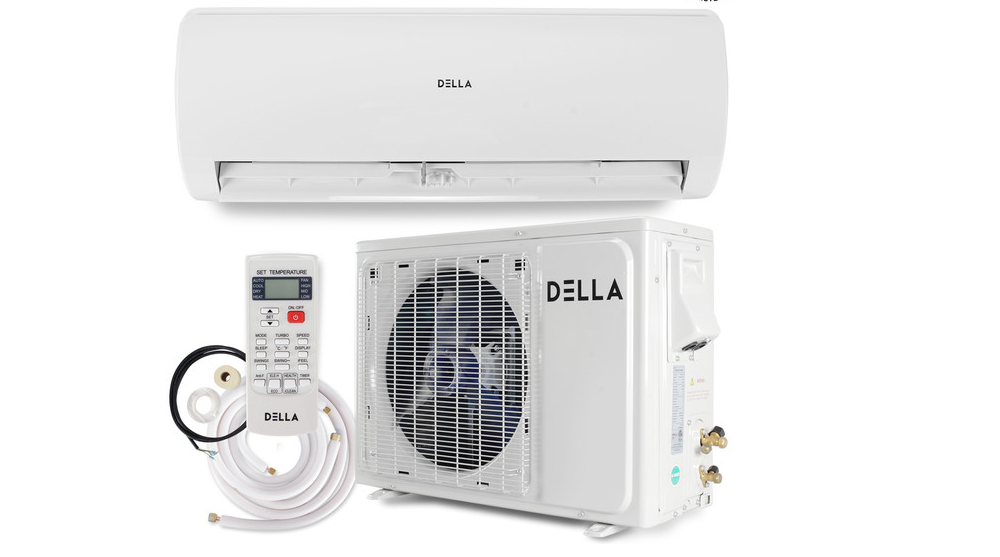
Image source: OneBigOutlet
If we need to cool a room, and in this we do not have windows or spaces to place portable units, we can always install a Split unit without ducts. This system consists of an internal unit and an external unit, and in the last one is where the compressors and fans are located. With just connecting a pipe you can make it work.
The benefits are especially striking for those looking to create the best visual appearance in the room, in addition to wanting to eliminate the noise that these could cause. Since they do not need very complex ducts, installation is easy and safe.
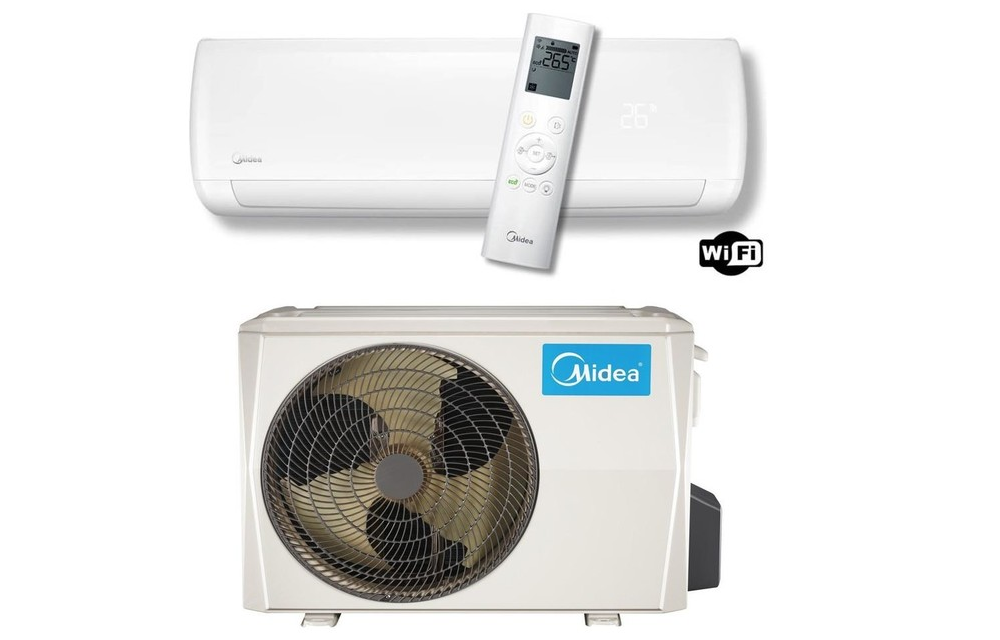
Image source: Portugalia Sales Inc.
The problem with these units is that, unlike the centralized Splits, we will need a distribution unit in each room that we want to refrigerate, and these units are not very quiet from the outside.
Portable air conditioning units for easy installations
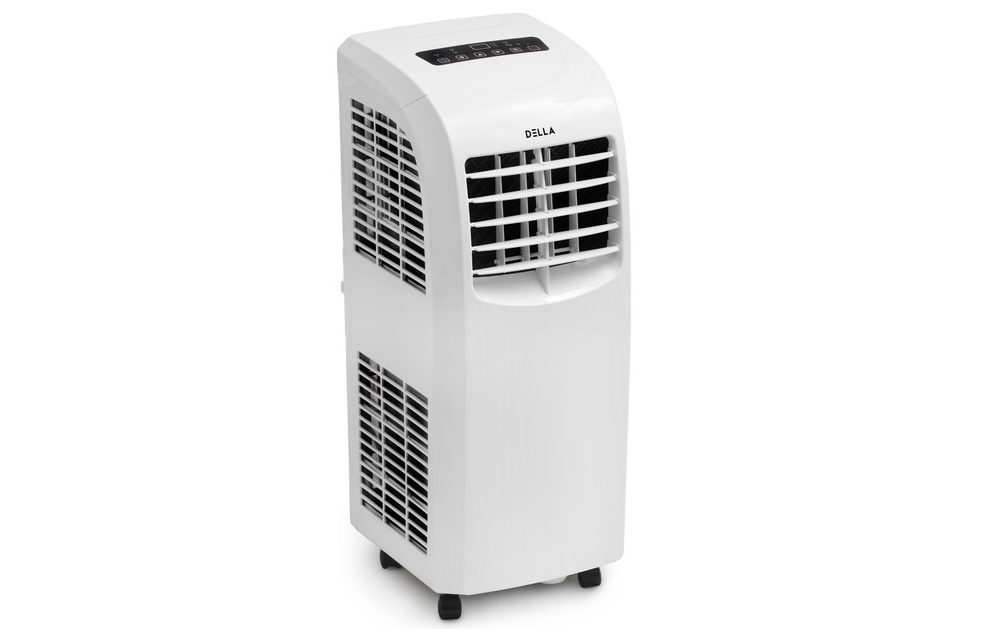
Image source: OneBigOutlet
Indeed, it is possible to get large air-conditioning units in the market that look like travel bags, since they have wheels at the bottom to be easily moved between rooms. When we cannot opt for any of the above options, either because of construction restrictions or because they are not practical enough, these types of air conditioners are lifeguards.
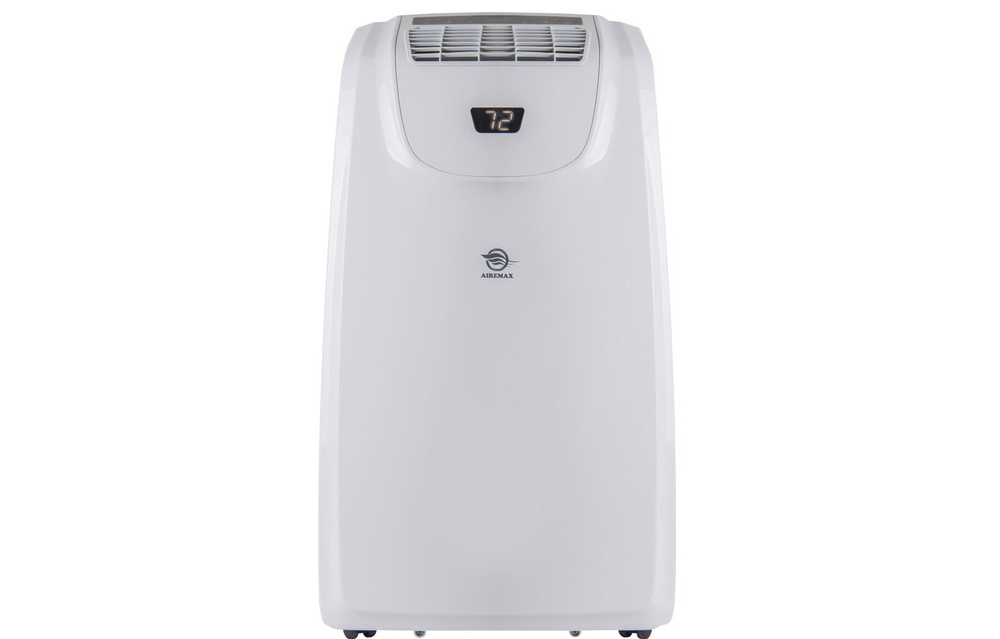
Image source: AireMax
Due to their portability, we don’t have to have them exposed every day in the rooms. When the cold season begins, we can store it in a warehouse. In general, these air conditioners are relatively cheap, and installation is the simplest between all the options.
The trouble is that this simple installation comes with the risk of having to leave a window slightly open, which can be a dangerous thing. They are also more limited in cooling capacity. A final detail is that aesthetically they are not very pleasant, although the latter has gradually changed with the arrival of new designs on the market.
The greatest power is with air conditioners with central stations
This is the option that we will have to install in case of large buildings, shops or factories. The airs with central systems are very similar to the individual Splits, but in this case, a single compressor is installed on the roof of the building, and through a series of ducts and vents, the air is distributed to all rooms with a terminal.
This air conditioner can be controlled from the main thermostat, and the air passage can be closed individually by blocking the vents.
As you can already infer, the main benefit of this centralized system is that its power is so great that many rooms can be covered easily, be they buildings or houses. Energy efficiency is much higher since it just needs a unit. Internally it is a silent system, and beyond the ducts that can be hidden with the construction, they are practically invisible.
The bad thing is that obviously, large ducts that increase installation costs need to be installed. Not only that, but the system on its own is already expensive enough. Finally, although all air conditioning systems require maintenance, this is especially difficult to perform, so it is recommended that an expert does it every 3 or 5 years.
Do not be afraid to buy an air conditioner
Buying a new air conditioning unit can be difficult if we don’t have enough knowledge about how they are sold. The fear of being scammed by sellers who want to give us products that we don’t need is always present, but we can reduce it if we learn the fundamentals.
Thanks to the wide variety of air conditioners, getting one that suits what you need will not be impossible, but you must carefully analyze if it is what you are looking for. The general advice is always to buy an air whose power is slightly higher than the minimum calculated to have better temperature control.
If you enjoyed reading this article about the types of air conditioners, you should read these as well:
- L shaped kitchen island ideas to try in your kitchen
- DIY Kitchen Renovation Tips To Get You Started
- How to design a small commercial kitchen
The post The types of air conditioners you should know before buying one appeared first on Impressive Interior Design.
source https://www.impressiveinteriordesign.com/the-types-of-air-conditioners/
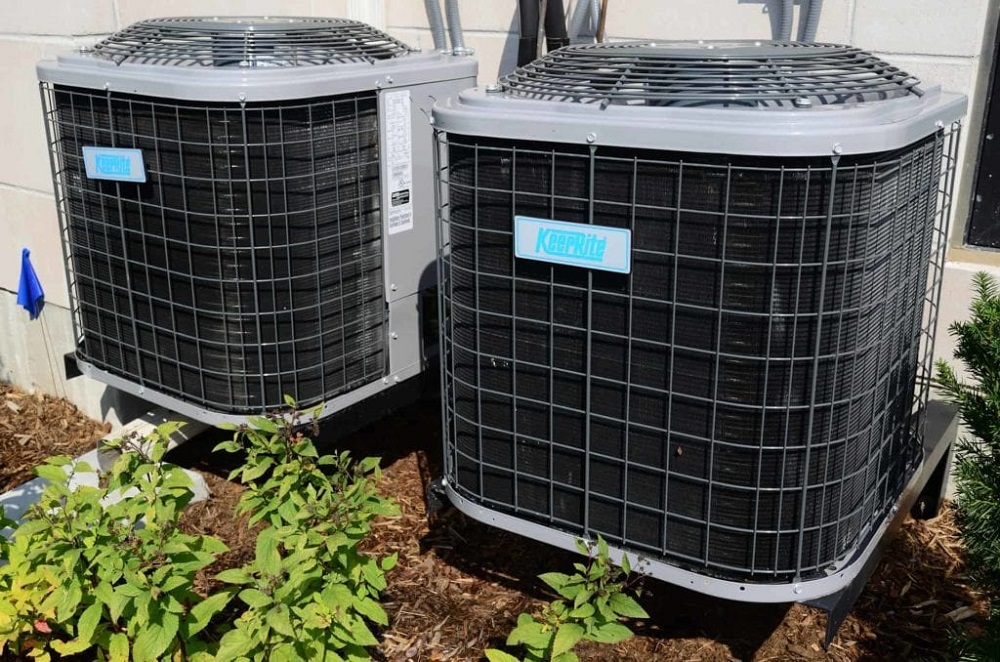
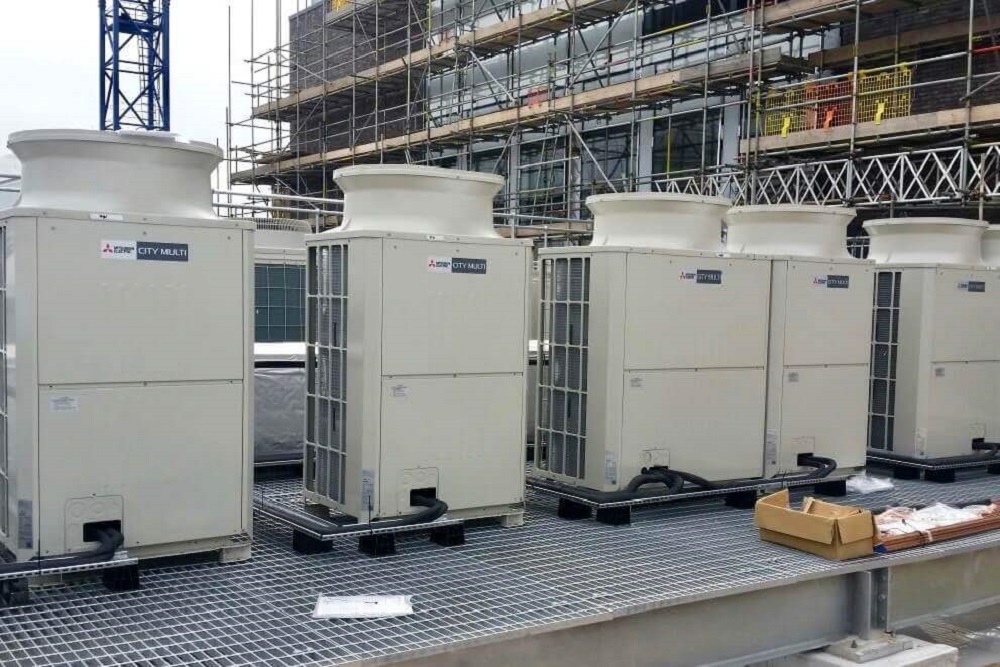
No comments:
Post a Comment